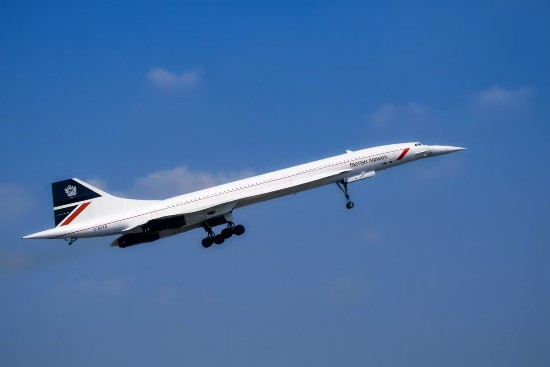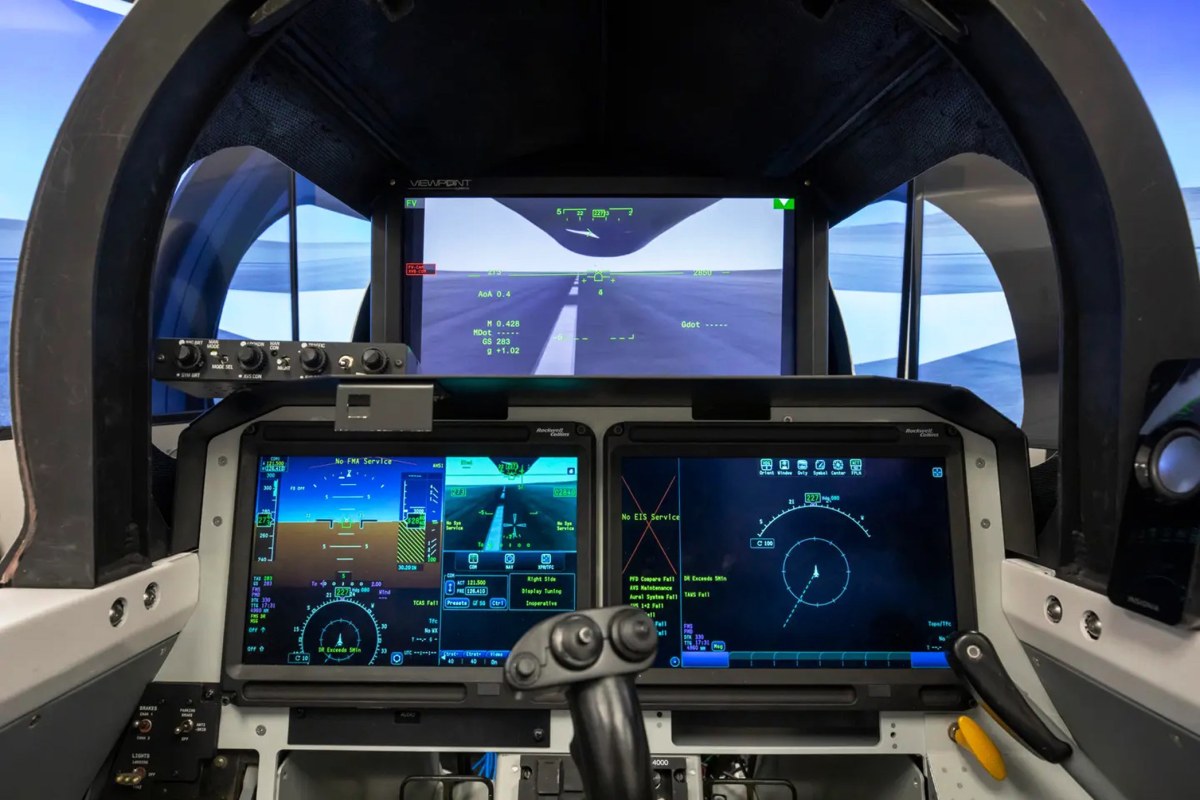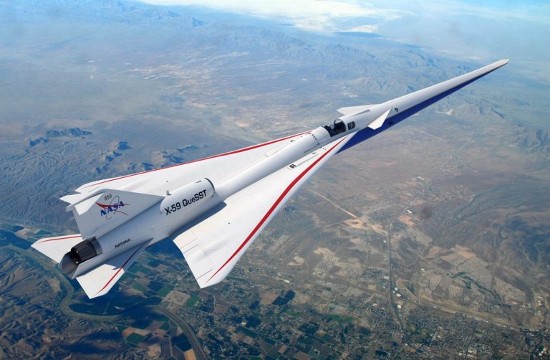
I remember being at a hotel near Washington, D.C.’s Dulles Airport back in the early 1980s and seeing the British Airways Concorde Supersonic Transport (SST) land. The roar of the engines was deafening even while in my hotel room miles from the runway. And the smoke produced by its jet engines didn’t look like anything I had seen produced by other commercial jet aircraft. Put together 100 diesel semi-trailer trucks and I don’t think they would have produced as much dirty air as the Concorde.
Developed in a joint venture between Britain and France, the Concorde first flew in 1969, the same year as the Apollo moon landing. But it wasn’t until 1976 that the first commercial flights began. The 2000 Air France crash caused by a Concorde hitting debris left on a Paris runway led to a flight hiatus. But Concorde did resume flying across the Atlantic and to destinations in the Middle and Far East, remaining an attractive option for transatlantic commercial passengers in a hurry.
Concorde wasn’t the only SST developed in the 1960s. The Soviet Union built the Tupolev Tu-144, nicknamed the Konkordski. Its first flight happened two months before Concorde but it was plagued with technical issues and safety concerns and after a little more than 100 flights was permanently grounded.
American airplane manufacturers like Boeing and Lockheed flirted with the idea of building an SST during this time but soon dropped out of the competition. With the Tupolev grounding, Concorde then became the fastest commercial passenger jet on the planet and the sole one in operation until 2003.
Why did Concorde flights end? Rising operational costs and the amount of air pollution it produced ended it. But these weren’t the aircraft’s only operational problems. The most limiting challenge was that when Concorde flew at heights of more than 15,000 metres (50,000 feet) it generated a downward sonic boom that could break windows and rattle homes on the ground. That meant overland flights were prohibited from going supersonic which meant no Concorde would be used on a New York to Los Angeles route. The SST was restricted to transoceanic routes where the sonic boom wasn’t perceived to be an issue. The speed of the aircraft at 2,170 kilometres per hour (kph) (1,350 miles per hour) was impressive cutting the time on flights between London and New York, and London and Paris to less than three hours. No commercial airborne technology since has matched those speeds with today’s fastest commercial passenger jets like the Boeing 747-8i attaining 1,136 kph (706 mph) and the Airbus 380, 1,020 kph (634 mph).
A decade after the last Concorde flight, in 2013, NASA began working with the U.S. Department of Defense on an SST successor. Ten years later with Lockheed Martin as a partner, a working design was developed for a low-boom SST. Low boom meant the aircraft would be at least 30% softer than the Concorde at supersonic speeds with its developers describing the sonic boom as no more than a gentle thump.
The prototype is called the X-59 QueSST and in its latest design features a long and very sharp nose with no surface interruptions to cause noise when the aircraft goes supersonic. There is no windshield or canopy. The external vision system is monitored by a pilot using cameras integrated into the fuselage (see image below).

Sonic shockwaves go up rather than down because the jet engines are mounted on top. The cruising speed is 30% less than the Concorde with the X-59 attaining speeds of 1,488 kph (925 mph) which is still at least 25% faster than the fastest current commercial passenger jets.
When will the X-59 make its first test flights? The inaugural had been scheduled for December 2023 but it looks like it won’t be until early 2024 when the prototype flies. It will undergo multiple tests over urban and rural areas with teams on the ground assessing its low boom.
But the X-59 is not meant to be a commercial aircraft. It is only a prototype which becomes evident when you look at the image below where there is no evidence of a passenger cabin. Lockheed Martin, however, has plans to build a commercial version twice as long with room for 44 passengers.

How many more years will pass before we see successors to the Concorde flying out of commercial airports? I estimate it will not be earlier than 2030. But by then we may see the dawning of commercial passenger suborbital and orbital rocket flights and spaceports, a SpaceX dream. So will we need a Concorde successor?







